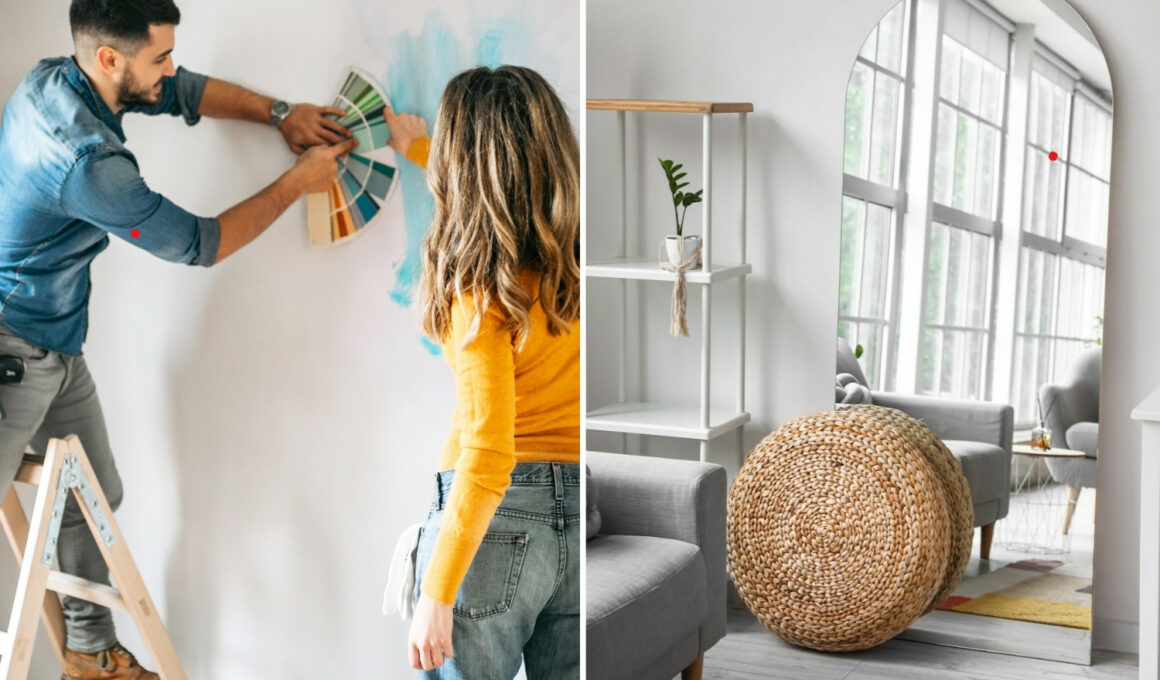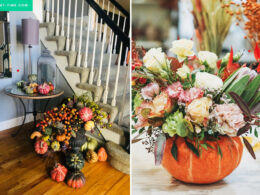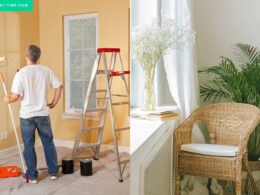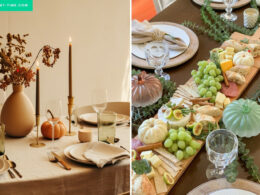In This Article Show
When it comes to home design, it’s often the smallest changes that can breathe new life into our familiar spaces. As a mom of three, my days are full, and finding time for full-scale redecoration is a bit like searching for a lost Lego piece in a playroom—hopeful but unrealistic.
Instead, I’ve learned to love the art of the tweak: those straightforward, doable adjustments that refresh a room without the need for a calendar clear-out.
With a keen eye for detail and a practical mindset, I’ve gathered a handful of home design tweaks that punch well above their weight in terms of impact. These aren’t just theoretical ideas; they’re real actions that busy individuals—yes, even us parents juggling school runs and grocery lists—can implement.
They transform spaces in our homes from ‘just another room’ to places where memories are made and every corner feels like it’s had a personal touch.
Let’s be clear, professional is good but accessible is better, and that’s what I aim for in my home and these tips. I’m excited to share simple, budget-friendly tweaks that can elevate your home’s interior, proving you don’t need to spend a fortune or take a sabbatical to create a space that feels both inviting and stylish.
So, whether you’re a fellow parent with a penchant for home decor or just someone looking to inject some new life into your home, these ideas are crafted just for you.
Great deals to snatch for your little ones 🎉
1. Transform Rooms with Color

It’s no secret that colors can dramatically alter the mood and feel of a space. Psychological studies suggest that color has the power to influence our emotions and behaviors. A dash of blue doesn’t just add a new hue to the wall—it can also calm the mind, making it a serene choice for bedrooms.
Meanwhile, a vibrant yellow might spark creativity and bring a burst of sunshine into a dimly lit kitchen nook. Understanding this color psychology is a nifty trick when looking to revamp a room without knocking down walls.
Tips for Choosing the Right Paint Colors
Choosing paint colors can sometimes feel like navigating a labyrinth with endless turns and choices. To simplify this process, I recommend starting with the feeling you want to evoke in a room. For a tranquil atmosphere, lean towards soft blues and greens.
For a cozy den, warmer tones like muted oranges or deep reds can work wonders. Always consider the room’s natural light, as this can dramatically affect how a color looks. Grab those paint swatches, stick them up, and observe how they change throughout the day before making your final decision.
And remember, paint isn’t permanent. If a color doesn’t work out, it’s just another tweak away from perfection.
2. Upgrade Your Lighting

Lighting is a bit like a home’s mood ring, reflecting or even altering the atmosphere at the flick of a switch. It’s not just about being able to see clearly; it’s about creating a vibe.
Soft, warm lighting can turn a stark living room into a cozy haven, while bright, white lights can make a kitchen feel clean and invigorating. It’s all about using light to our advantage to enhance the feeling of each room.
Different Types of Lighting to Consider
Broadly speaking, there are three types of lighting to consider: ambient, task, and accent. Ambient lighting is your overall room illumination—think ceiling-mounted lights. Task lighting is for specific activities; this could be a reading lamp or under-cabinet lighting in the kitchen.
Accent lighting is about style; it adds drama or highlights parts of your room, like track lights for artwork. Mixing these types can give you flexibility and control over how a room feels at different times.
Easy Lighting Upgrades for Any Budget
Now, not all of us can wire up a new fixture without causing a family blackout, and that’s okay. There are plenty of plug-and-play options that still make a splash. Swapping out old lampshades can redefine a lamp’s character, or introducing a variety of LED strip lights can add a modern touch.
Smart bulbs are a small investment that comes with a cool factor—imagine changing the light color to match your mood with just your phone.
Even simpler, playing with different bulb wattages or tones can fine-tune your existing fixtures. Lighting doesn’t have to be expensive or complicated to revamp; it just needs to shine the right way.
3. Creating the Illusion of Space With Mirrors
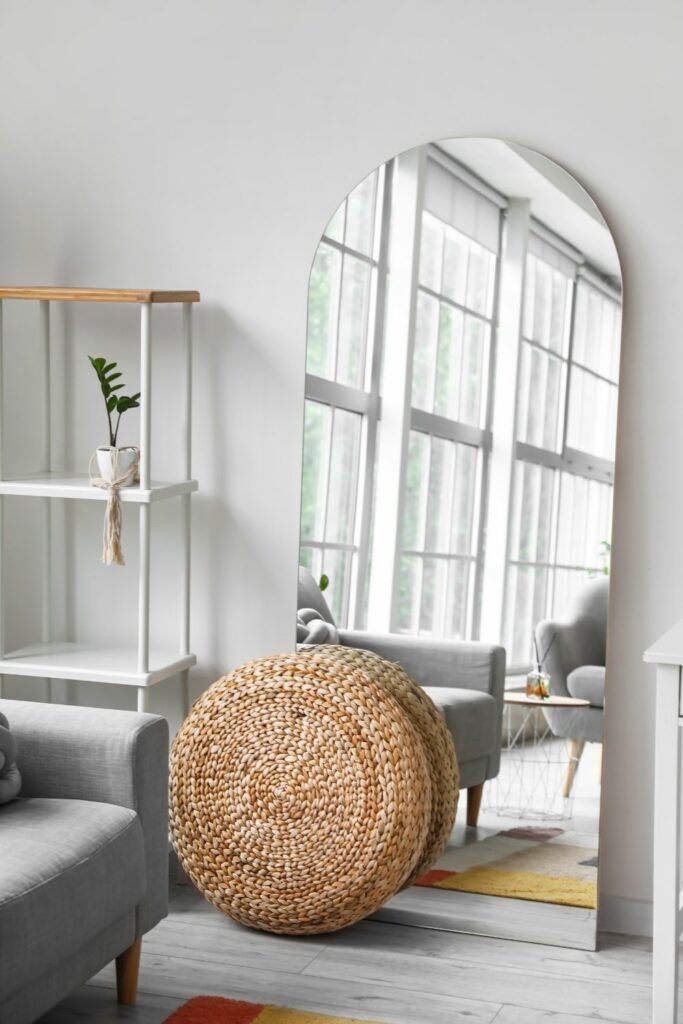
How Mirrors Can Make Rooms Feel Larger and Brighter
Mirrors are like magic in the realm of home design. A well-placed mirror can transform a cramped room into a spacious retreat. They reflect light, both natural and artificial, bouncing it around to give the illusion of depth and brightness that can make any room appear more open and inviting.
Strategic Placement of Mirrors for Maximum Effect
The trick to maximizing a mirror’s space-enhancing powers lies in its placement. Position a large mirror directly across from a window to instantly draw in daylight, or place it behind a light source to cast a glow that can brighten up a dark corner.
A mirror placed at the end of a narrow hallway can visually extend the space, making it feel less like a tunnel and more like a part of your home.
Style Tips for Integrating Mirrors into Your Décor
When it comes to style, mirrors are as versatile as they come. A sleek, frameless piece can complement a modern aesthetic, while an ornate frame can add a touch of elegance to a classic room.
Think of mirrors as functional art and choose shapes and styles that reflect (pun intended!) your taste. But remember, the mirror should complement the room, not overwhelm it.
Whether it’s hanging above a mantelpiece or leaning against a wall for a casual vibe, make sure the scale is right for your space.
4. Bring Nature Inside with Houseplants
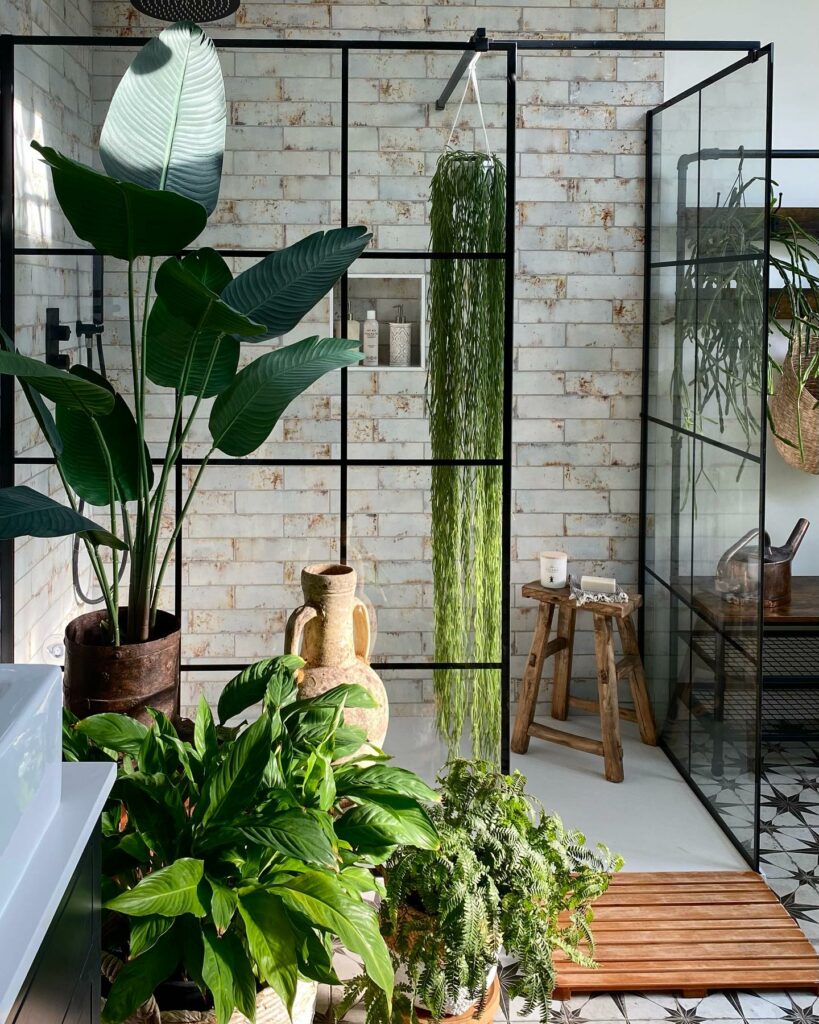
Houseplants do more than just add a splash of green to your home; they’re nature’s air purifiers. They can improve indoor air quality by absorbing toxins and producing oxygen.
Plus, there’s something about tending to plants that’s incredibly soothing—providing a small escape to nature in your daily routine, which can be a real mood booster.
Selecting the Right Plants for Your Space and Lifestyle
Not all plants require a green thumb; there are plenty of low-maintenance options perfect for busy lifestyles. Consider the light in your space when choosing plants—succulents love sunbathed sills while snake plants can thrive in dimmer corners.
Also, think about the time you can dedicate to plant care. If your days are already packed, opt for hardier types that can forgive a missed watering (or two).
Ideas for Decorative Planters and Arrangements
Plants are versatile decorators—you can hang them, shelf them, or even make them a standalone feature in a room. Get creative with containers; use colorful planters to add a new texture or pop of color to your space, or repurpose old items like teacups or jars for a quirky touch.
Grouping plants of different heights and types can create a mini indoor garden, giving life to a lonely corner or an empty surface.
Remember, the pots and their placement are just as important as the plants themselves—they should enhance the room’s decor, not clash with it.
5. Refresh Your Space with Fabrics
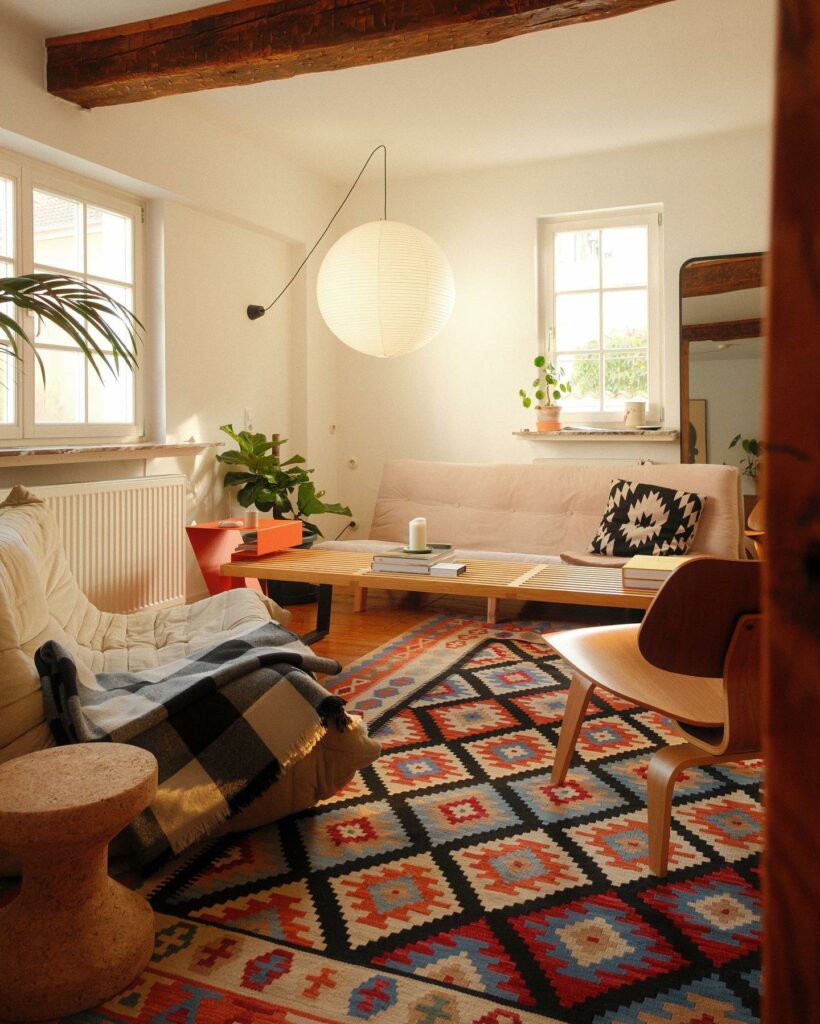
Textiles are the unsung heroes of home comfort and style. They bring warmth, texture, and color into our spaces. A plush throw can make a stiff chair welcoming, while curtains can soften the sunlight and the mood of a room simultaneously. It’s in these soft touches that a room truly becomes lived-in and loved.
Mixing Patterns and Materials to Add Depth and Interest
Gone are the days when everything had to match perfectly. Today, a mix of patterns and materials can add a dynamic vibe to any space. Pairing a striped rug with a geometric throw pillow can create a striking effect while combining different fabrics like wool and silk can give a room a sophisticated look.
The key is balance—too much of a good thing can be overwhelming, so start small with a few accent pieces before building up your textile collection.
Swapping Out Textiles Seasonally for a Fresh Look
One of the easiest and most cost-effective ways to refresh your home is to rotate your textiles with the seasons. Light, breezy linens are perfect for spring and summer, giving a fresh, airy feel to your space.
As the cooler months roll in, swap these out for heavier weaves and rich, warm colors to cozy up your rooms. This not only keeps your decor feeling current but also gives you a delightful seasonal refresh to look forward to.
6. Declutter and Organize

Embracing minimalism isn’t about stark white rooms devoid of personality—it’s about choosing to surround yourself with things that serve a purpose or bring you joy.
This approach can make your home feel more spacious and tranquil. By keeping only what you need and love, you create a space that’s both functional and meaningful.
Creative Storage Solutions that Double as Décor
Storage doesn’t have to be boring. There are countless creative ways to store your items while adding to the aesthetics of your home.
Think floating shelves for books and plants, decorative baskets for toys, or a vintage trunk that serves as a coffee table and a place to stash blankets. These solutions keep clutter out of sight and make storage part of your home’s design.
The Art of Decluttering and Maintaining a Tidy Space
Decluttering is an art that requires a bit of discipline but yields a significant visual and mental reward. Start by sorting through items and deciding what to keep, donate, or discard. Then, assign a home for each item you’ve decided to keep.
The key to maintaining a tidy space is to handle clutter regularly—make it a habit to put things back in their place after use.
This habit keeps your space ready for whatever life throws your way, with the added benefit of a calming environment where you can relax and recharge.
7. Get In Some Hardware Highlights

Hardware may seem like a small detail, but it’s like the jewelry of your home—it can tie a look together or serve as a standout feature. From the satisfying click of a well-made doorknob to the subtle sheen of new cabinet handles, the right hardware can elevate everyday interactions into experiences.
How to Choose Hardware to Complement Your Home’s Style
Selecting hardware is a matter of balancing form and function. Consider the era and aesthetics of your home—sleek, brushed steel handles can enhance a modern kitchen, while antique brass knobs can add charm to a vintage dresser.
Consistency is key in creating a cohesive look, but don’t be afraid to mix metals or styles in a way that’s both tasteful and uniquely you.
DIY Tips for Updating Hardware
Updating hardware is a simple DIY project that can make a noticeable difference. Start by taking a quick inventory of what you’d like to change. For most updates, all you need is a screwdriver and the new hardware.
When shopping, make sure to note the size of your existing pieces—this can save you from unnecessary drilling or patching later on.
And if you’re feeling hesitant, there are plenty of tutorials online that can guide you through the process step by step. With a little effort and creativity, new hardware can provide a fresh look without the need for a major overhaul.
8. Art and Accessories With Personal Touches That Speak Volumes
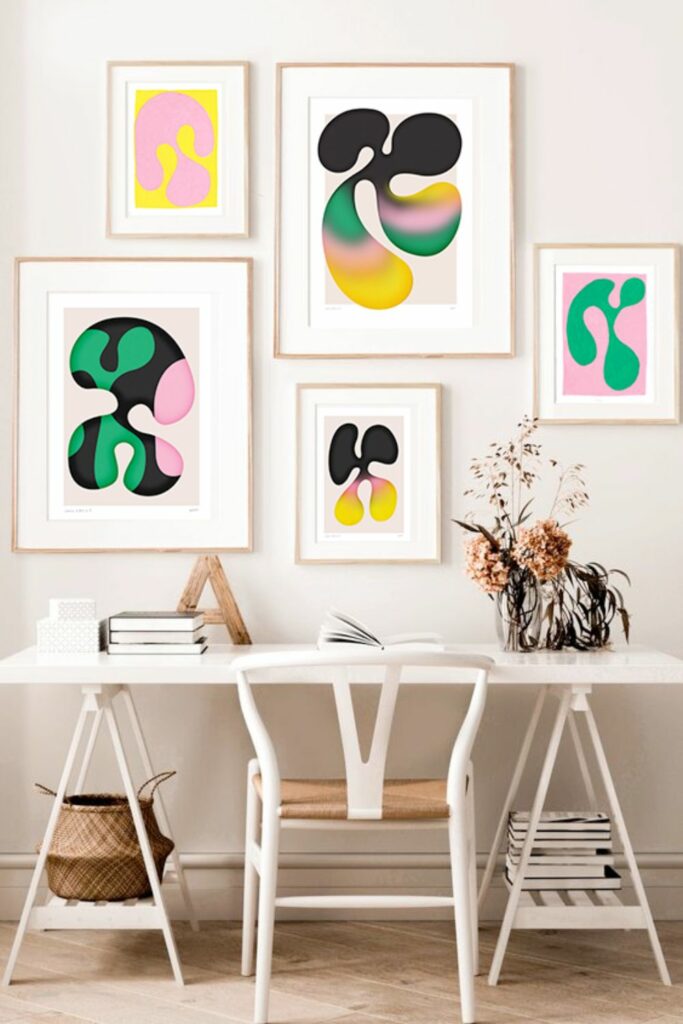
Choosing Art and Accessories That Reflect Your Personality
Your home is a reflection of your story, and what better way to tell that story than through art and accessories? These elements are the final strokes on the canvas of your home design.
Pick pieces that speak to you—whether it’s bold artwork, travel souvenirs, or handcrafted trinkets. These personal touches make a house feel like a home, showcasing your interests and experiences.
Guidelines for Displaying and Arranging Items
When it comes to display, think about balance and proportion. Arrange accessories in groups of odd numbers for a visually pleasing setup, and mix heights and textures to create depth.
For art, consider the wall space and choose pieces that fit well—not too big that they overwhelm, nor too small that they get lost. And remember, the middle of the artwork should hang at eye level for an optimal viewing experience.
Rotating Decor to Keep the Home Feeling Fresh and Exciting
Just like your wardrobe, your home decor can benefit from a seasonal switch-up. Rotating your accessories and art pieces can give your space a new look with minimal effort.
This doesn’t mean a complete overhaul—sometimes moving a painting to a different room or changing out cushion covers is all it takes to revitalize your space.
This practice not only keeps your home feeling fresh but also allows you to appreciate and enjoy your beloved items in a new light.






